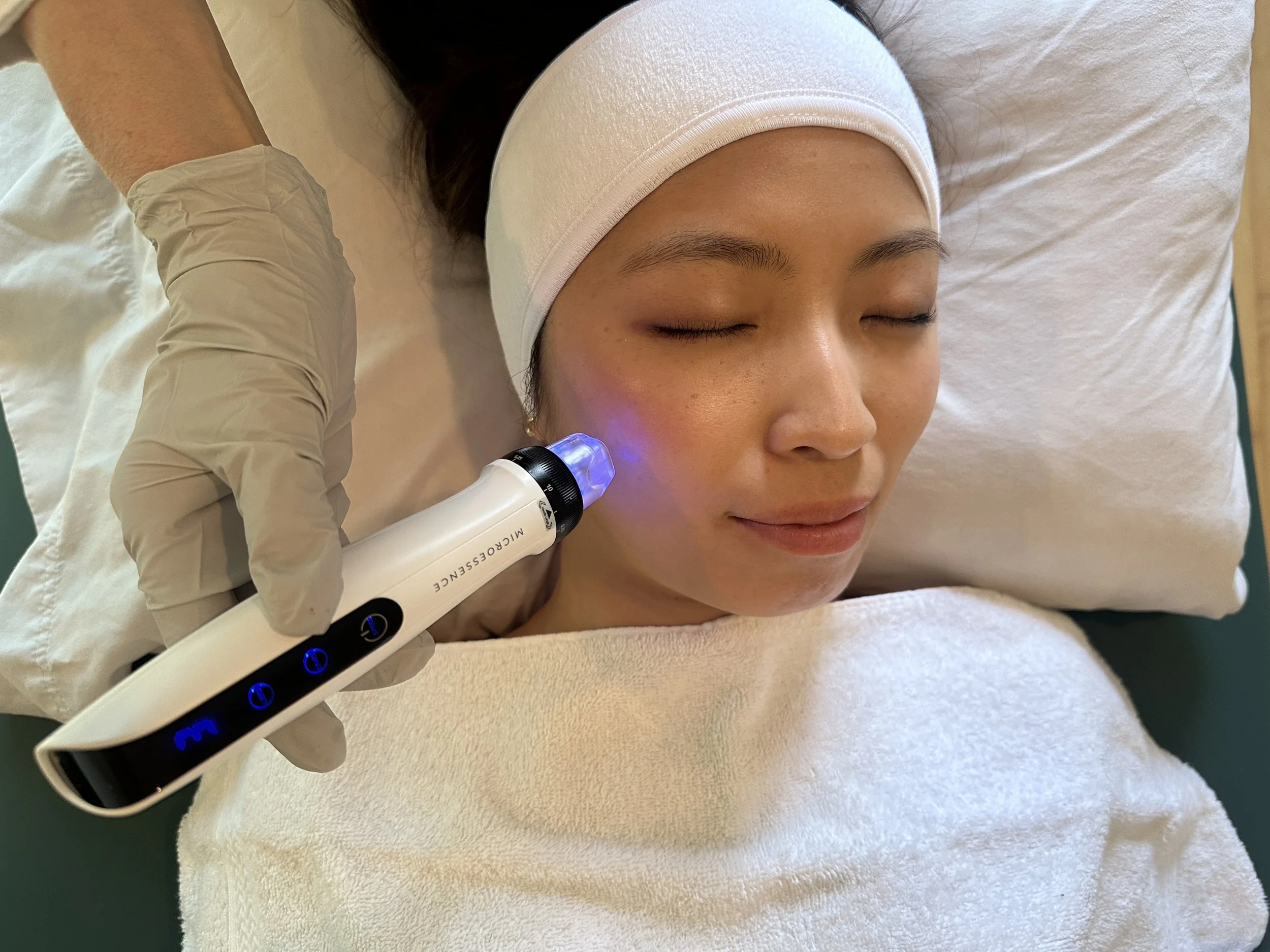Dermatology
In TCM, skin disorders often result from imbalances such as heat, dampness, dryness, or wind invading the body, or from deficiencies in the lungs, spleen, liver, or kidneys. For example, eczema might be attributed to damp-heat accumulation, while chronic dryness could indicate Yin deficiency.
Treatment methods include acupuncture, herbal medicine, dietary therapy, and lifestyle adjustments aimed at restoring internal balance and improving circulation. Unlike conventional dermatology, which often focuses on topical treatments, TCM addresses the root cause of skin problems by supporting the body's overall health. Effective for conditions including: Acne, Atopic eczema, Eczema, Psoriasis, Rosacea, Urticaria, Vitiligo
Microneedling
Microneedling is a minimally invasive procedure using fine needles to create tiny skin punctuTraditional Chinese Medicine (TCM) microneedling is a skincare technique that integrates the principles of TCM with modern microneedling therapy. It involves using fine needles to create micro-injuries on the skin's surface, stimulating the body's natural healing processes and promoting collagen production. Unlike conventional microneedling, TCM microneedling often incorporates herbal serums or acupuncture points to enhance circulation, balance Qi (energy flow), and improve skin health holistically. This approach aims to address not only skin concerns such as wrinkles, scars, and pigmentation but also to support overall well-being according to TCM philosophies.res, boosting collagen and elastin production. This improves texture, reduces scars, fine lines, wrinkles, and evens skin tone. It’s done with a handheld device on the face, neck, or hands, enhancing topical product absorption. Recovery is brief, with mild redness lasting 1-2 days. Multiple sessions are recommended, and it’s safe for most skin types when performed by a professional.


